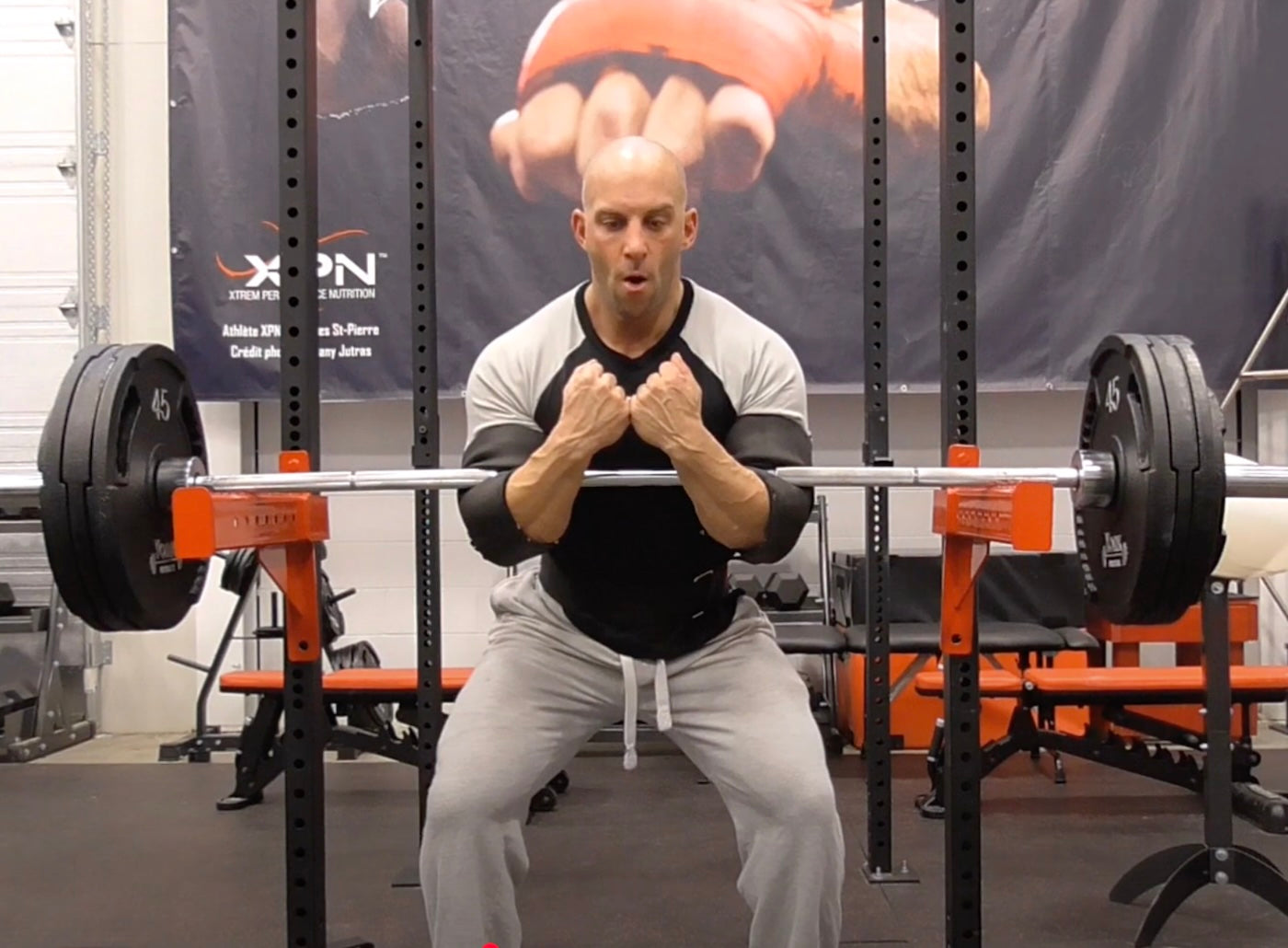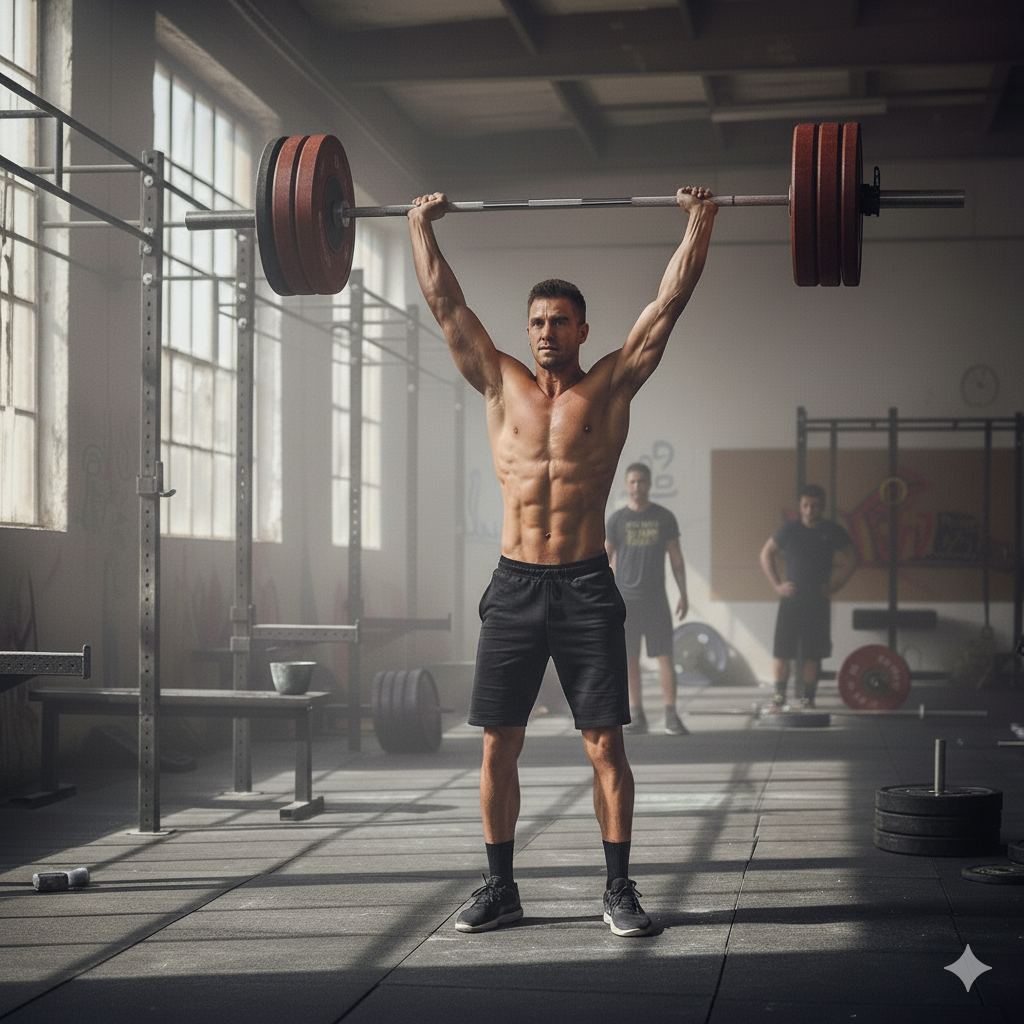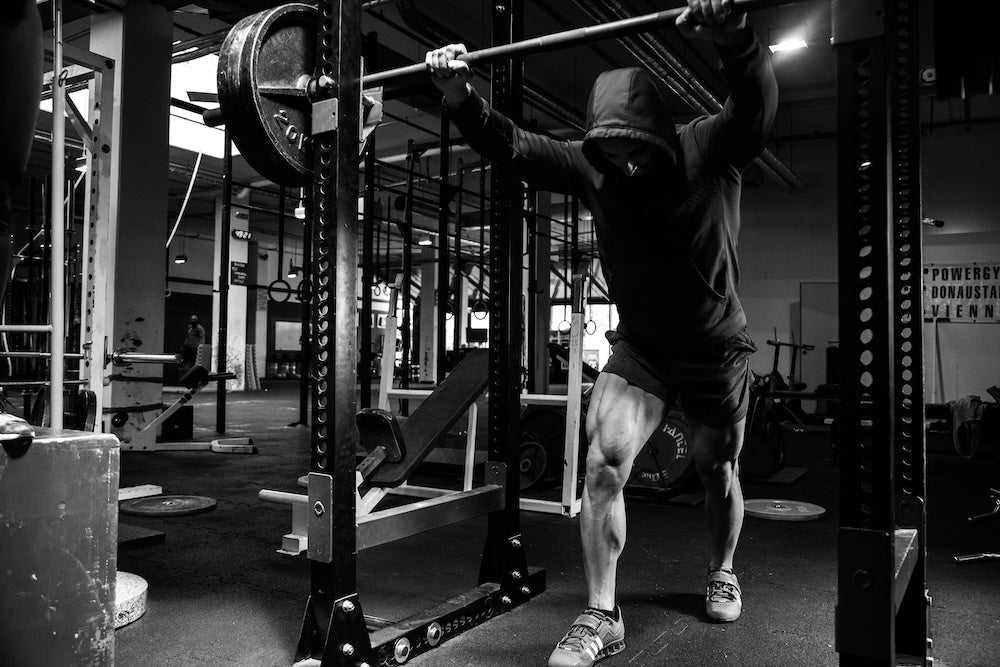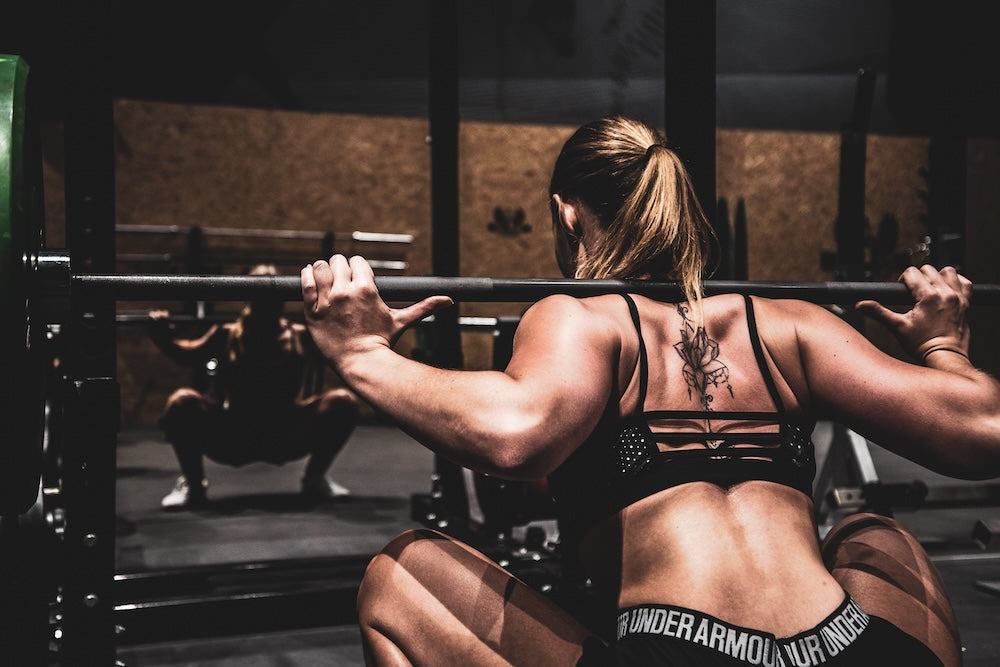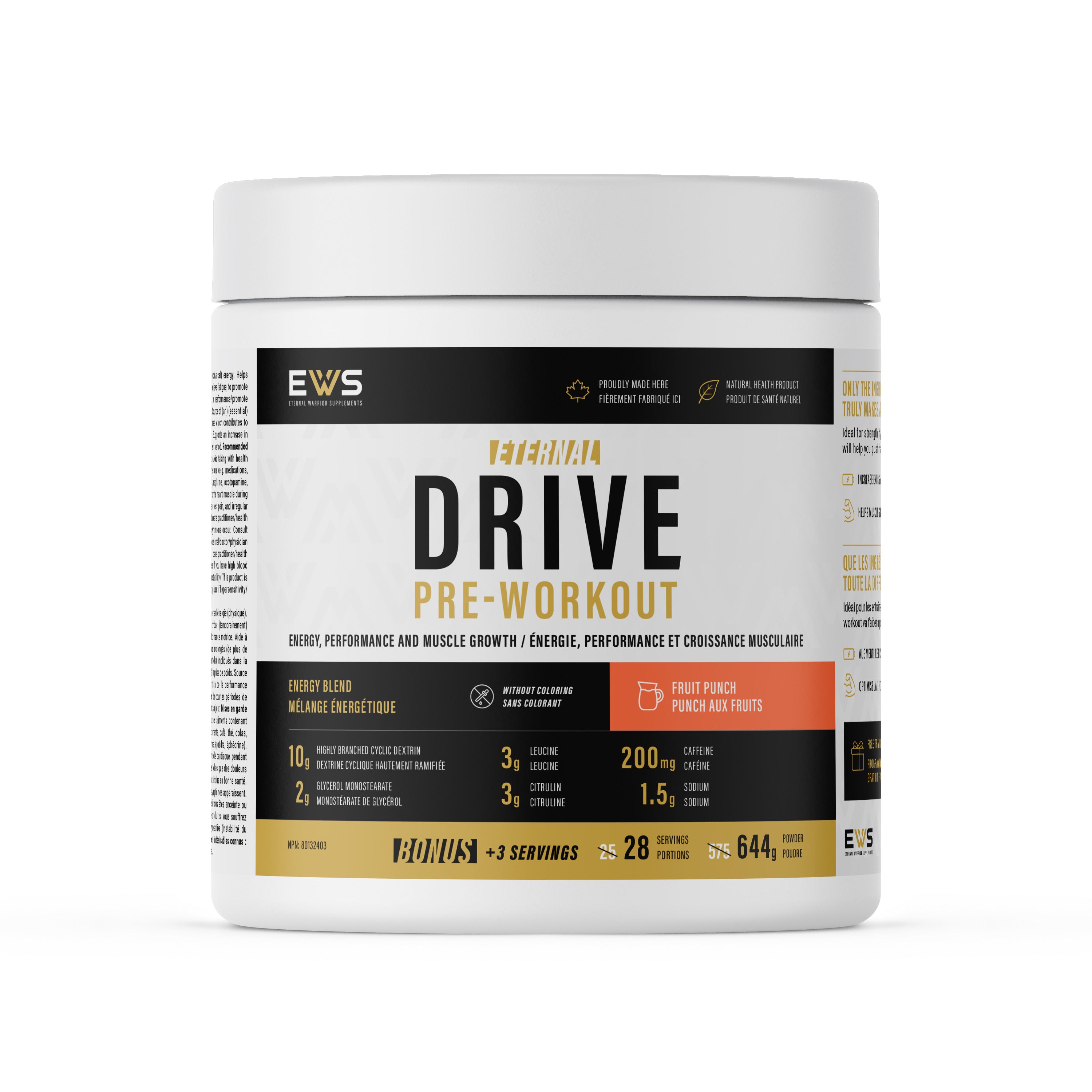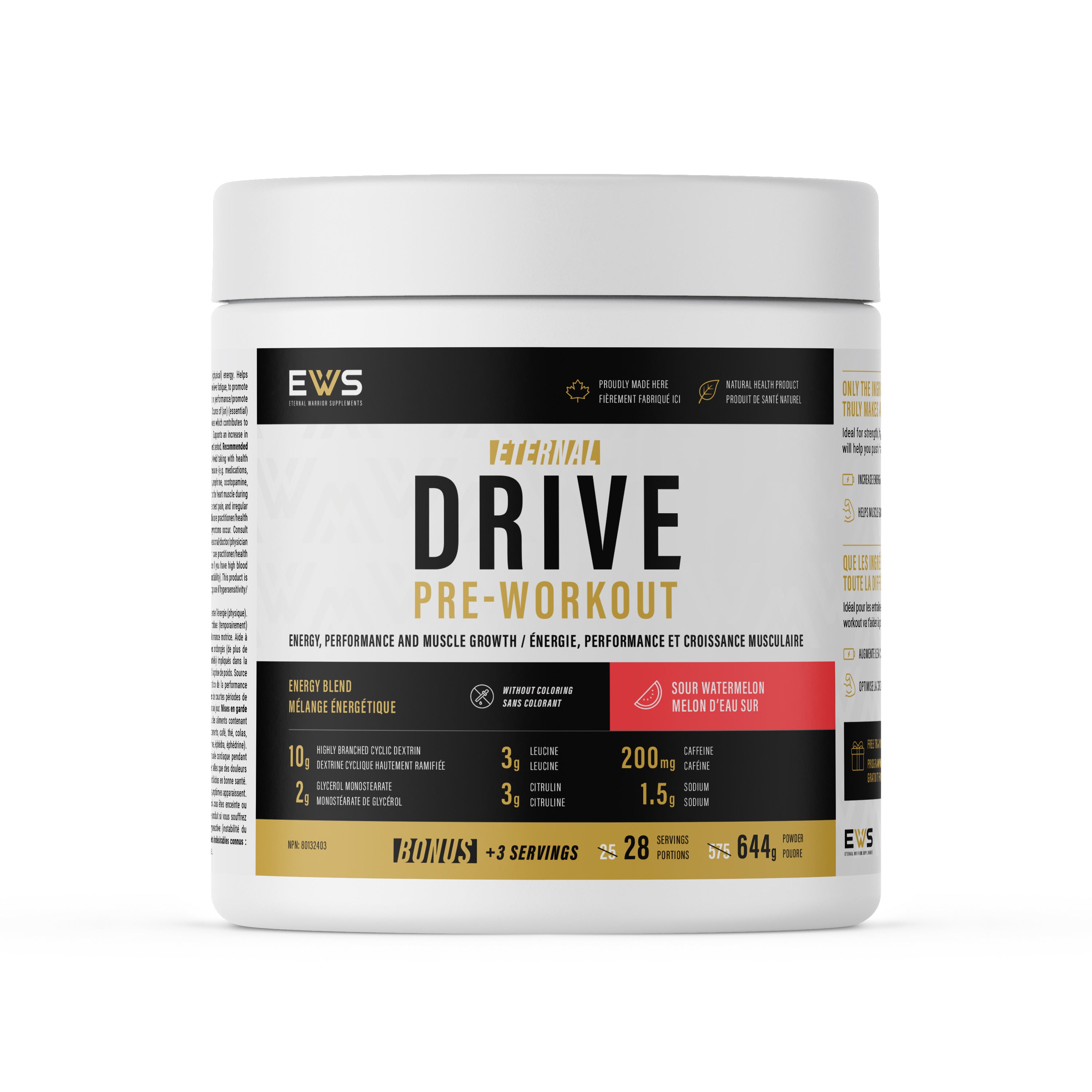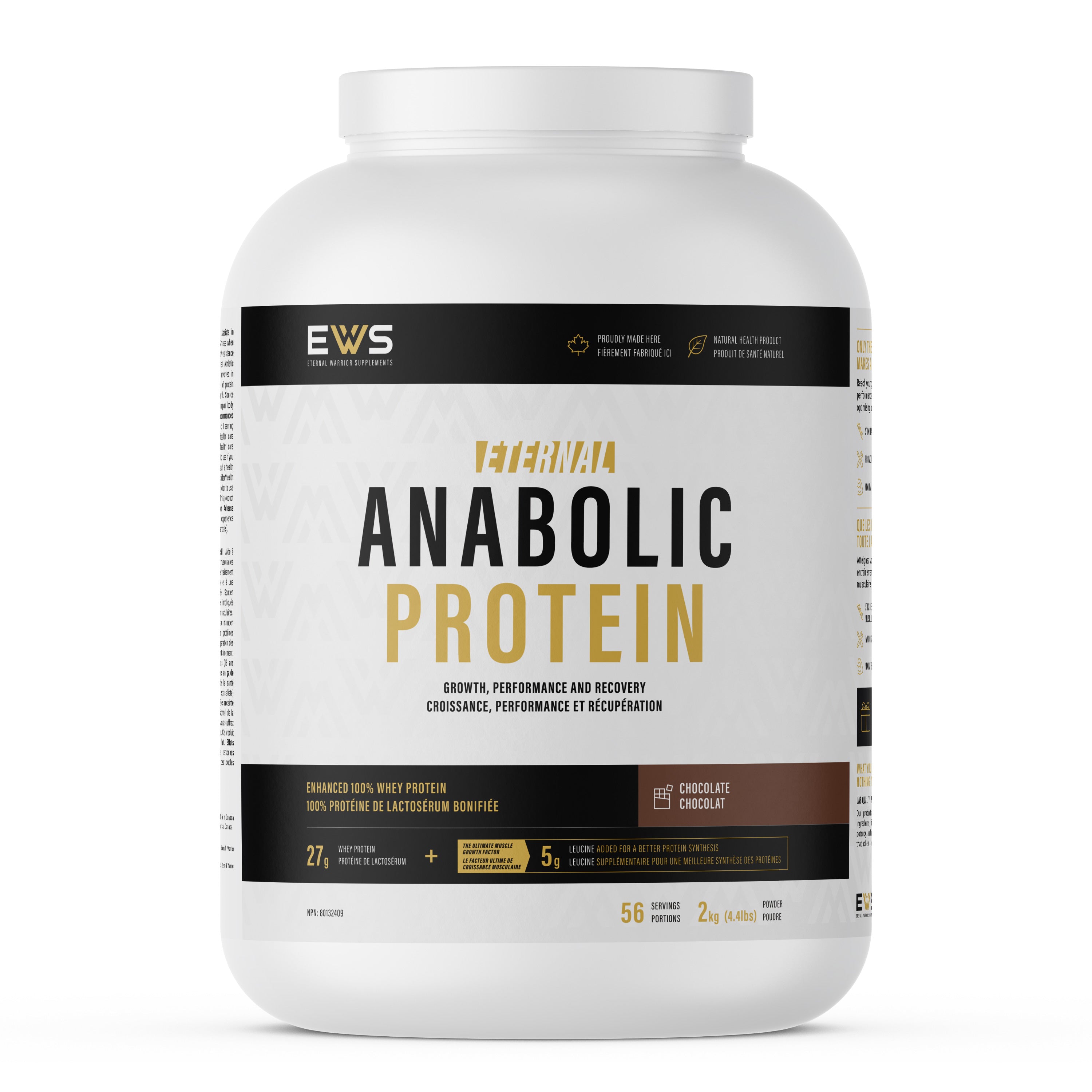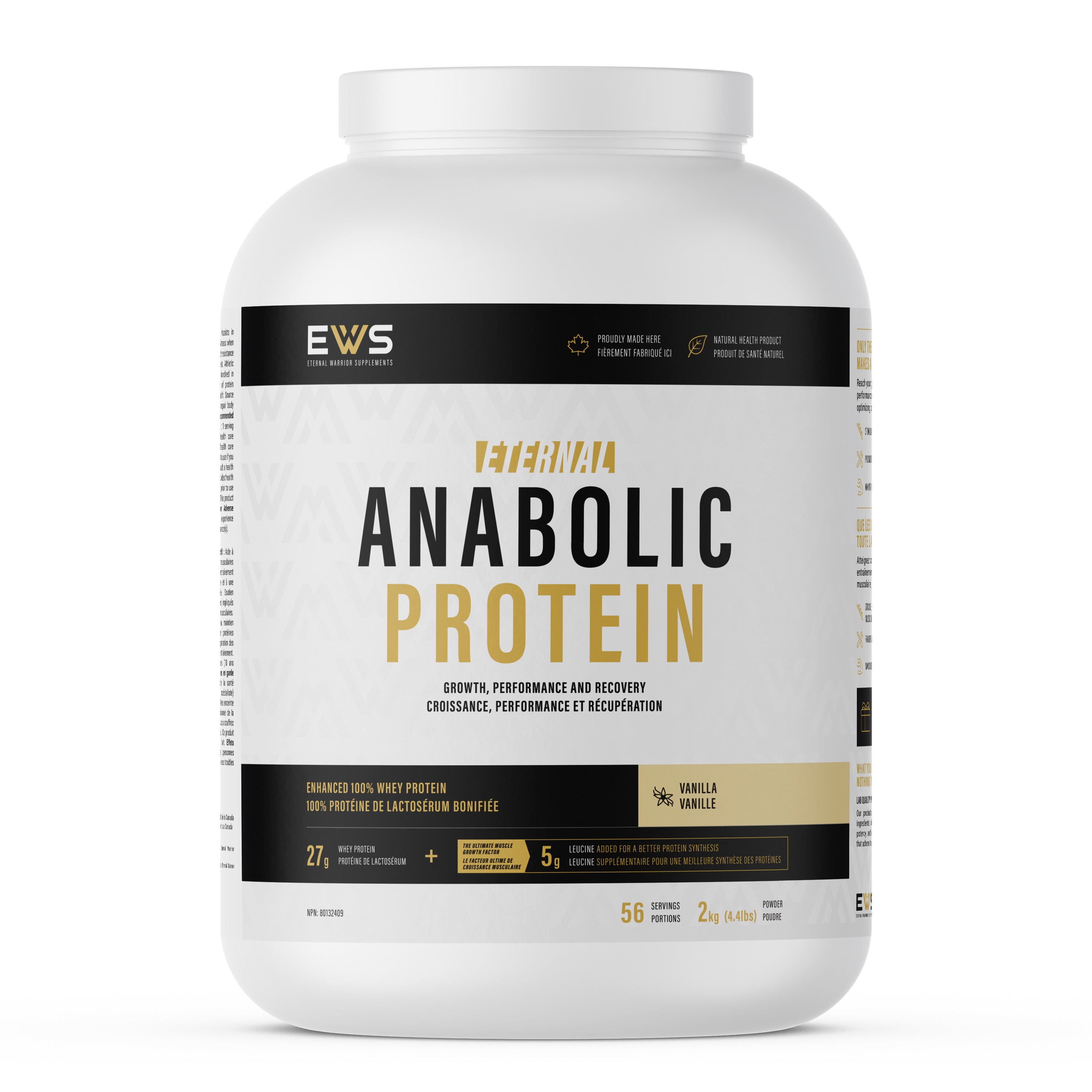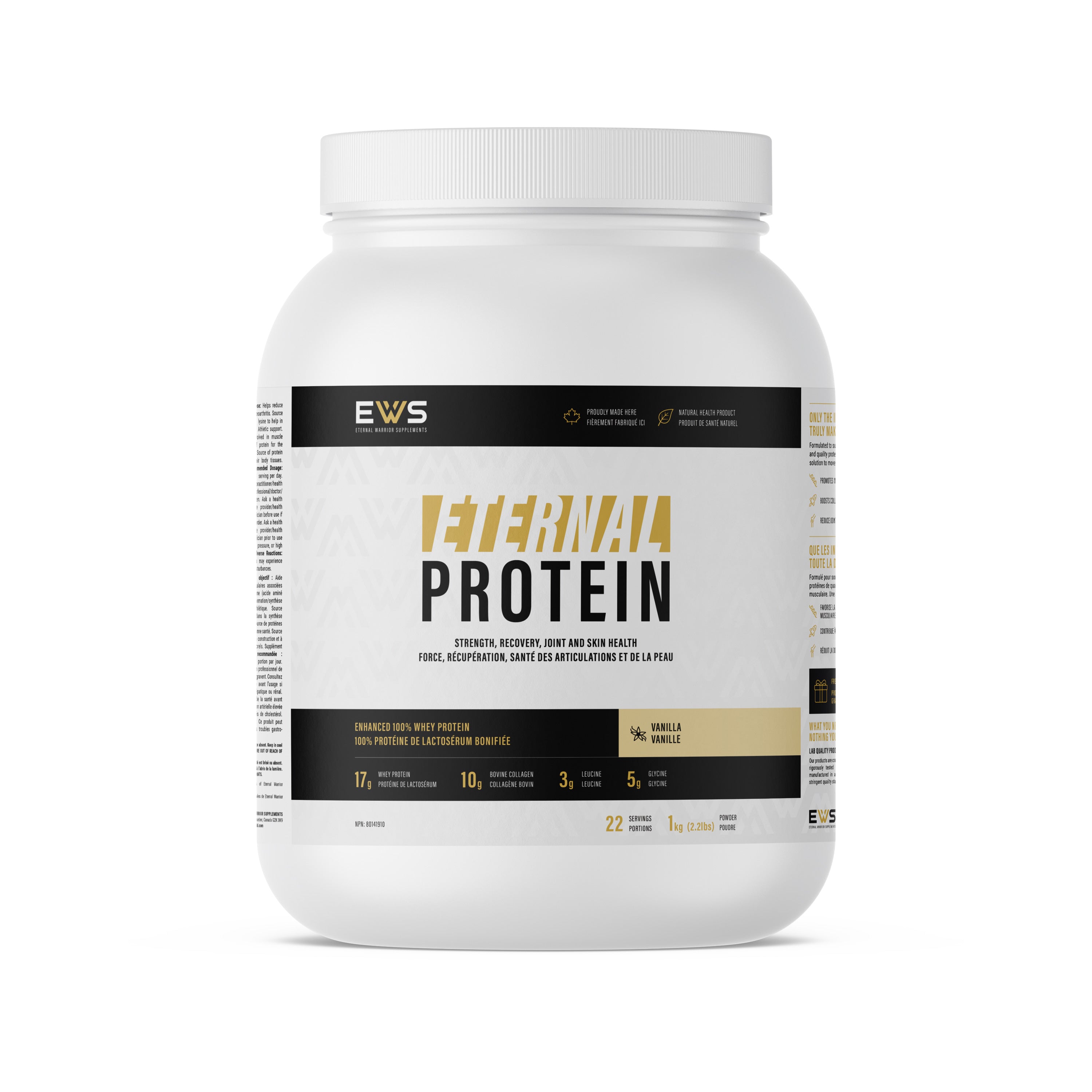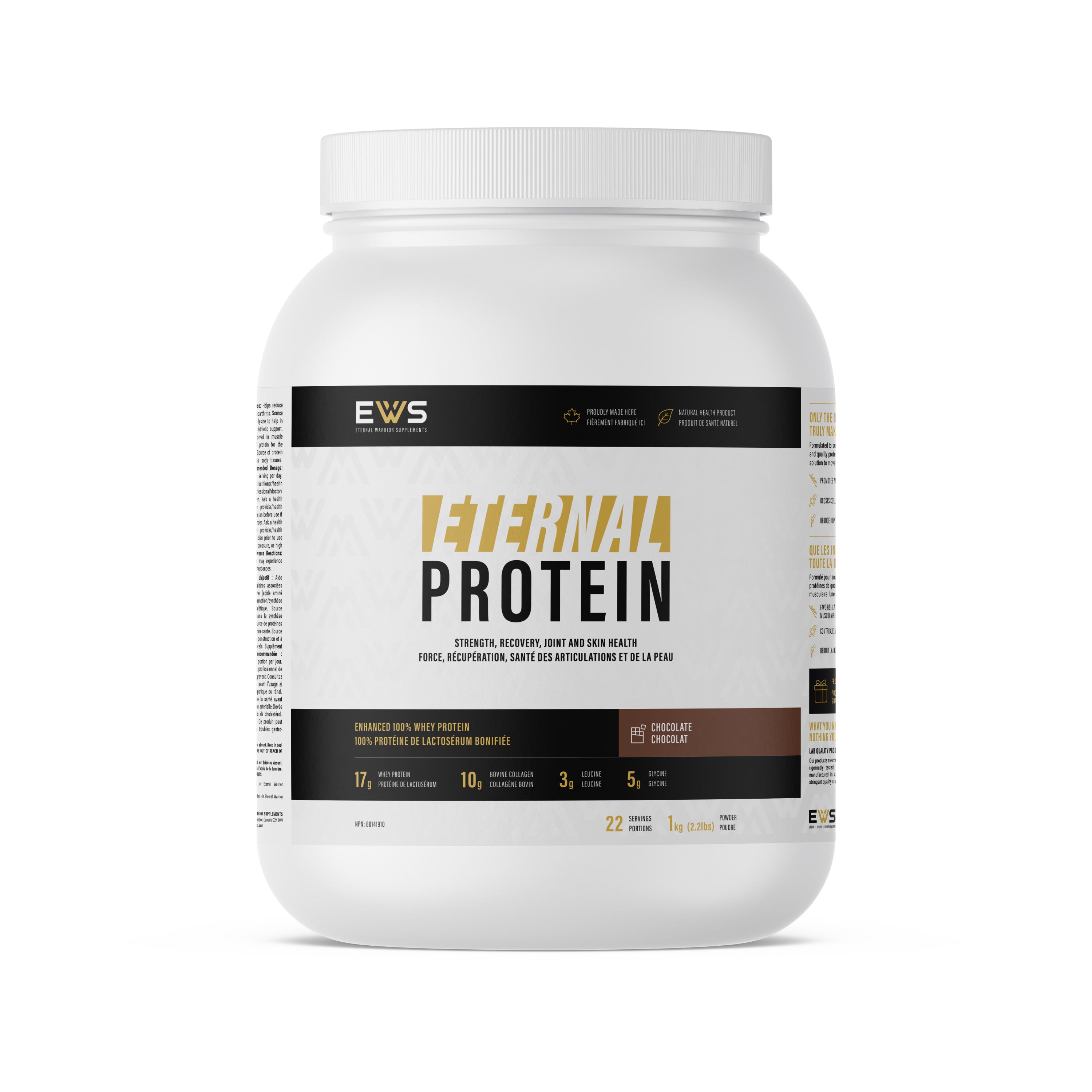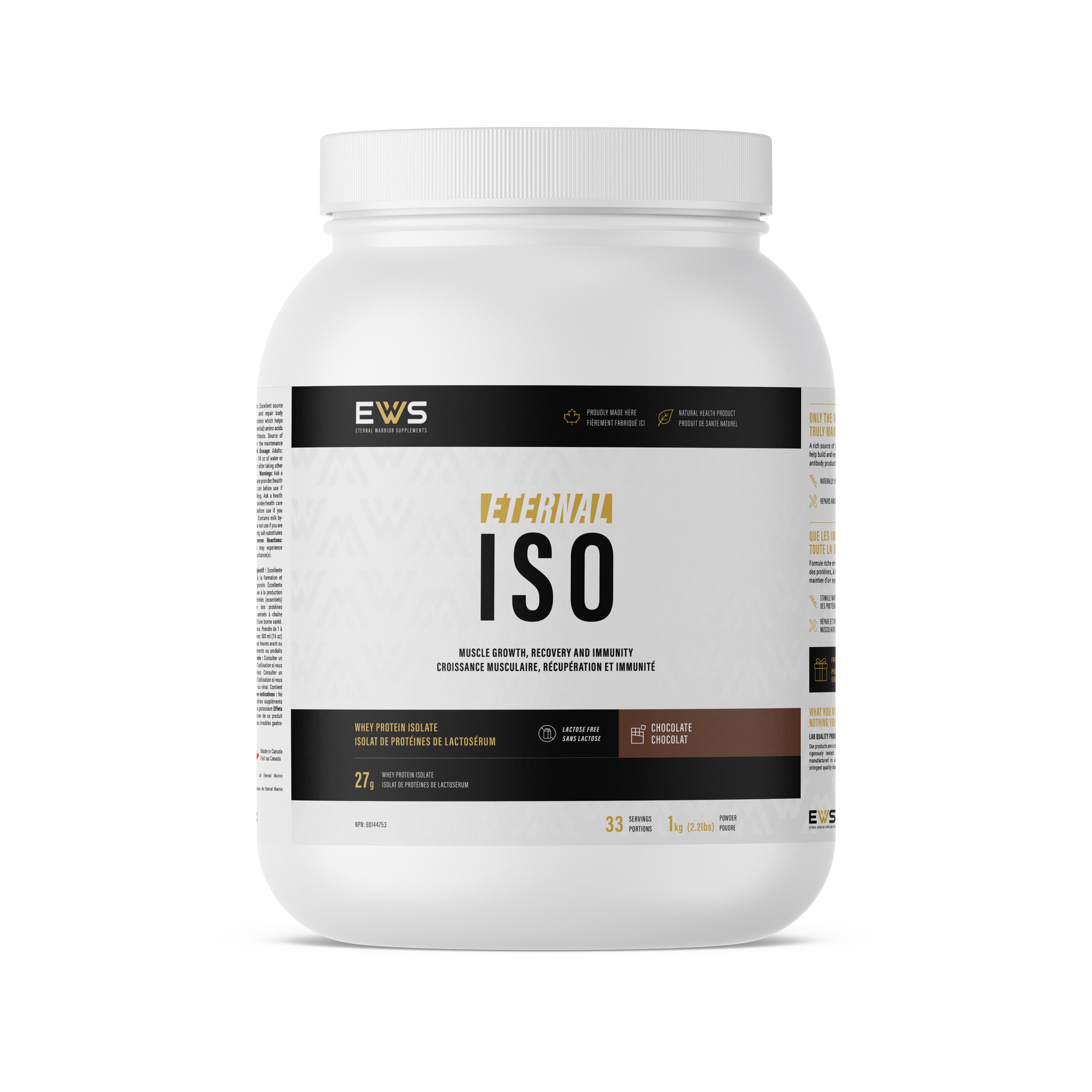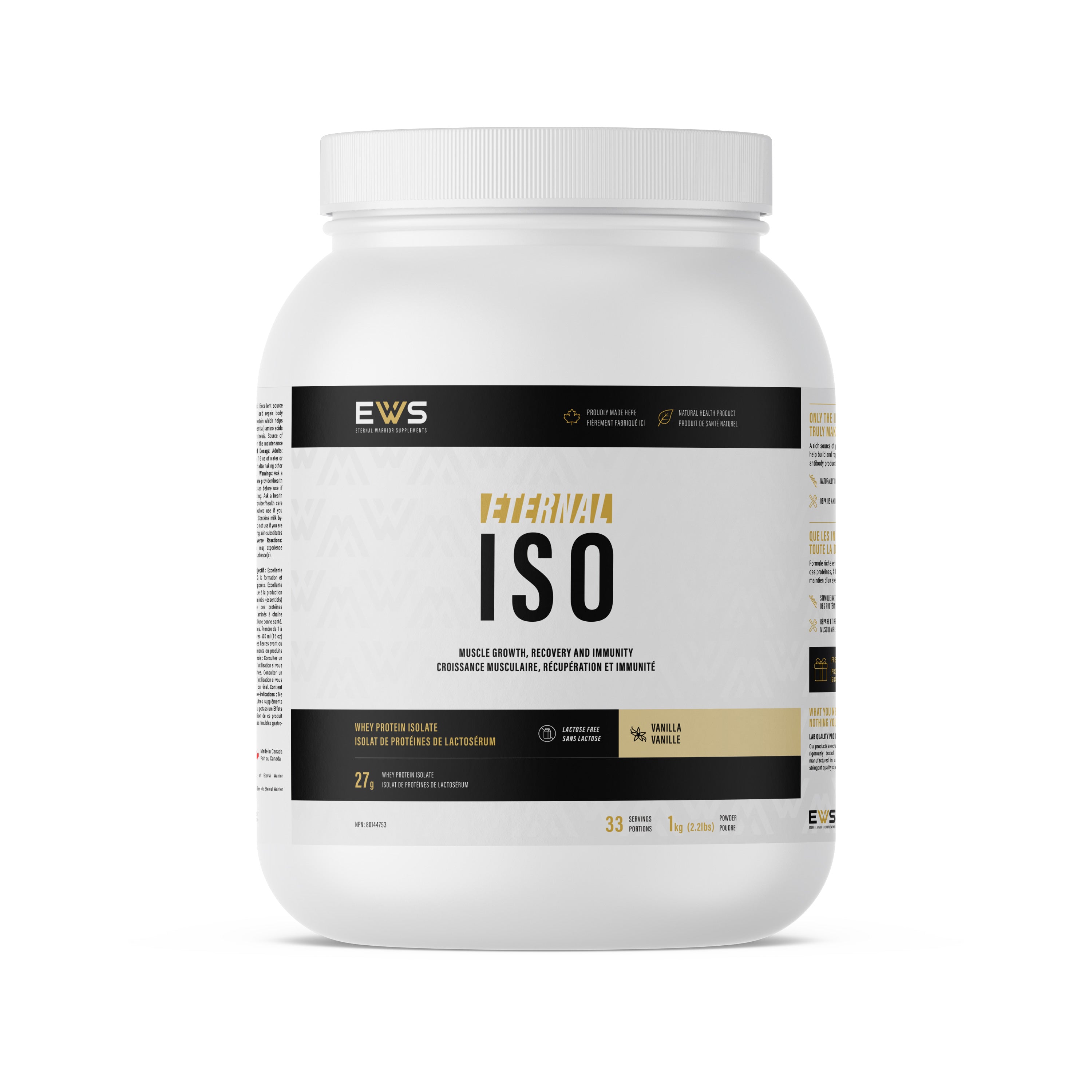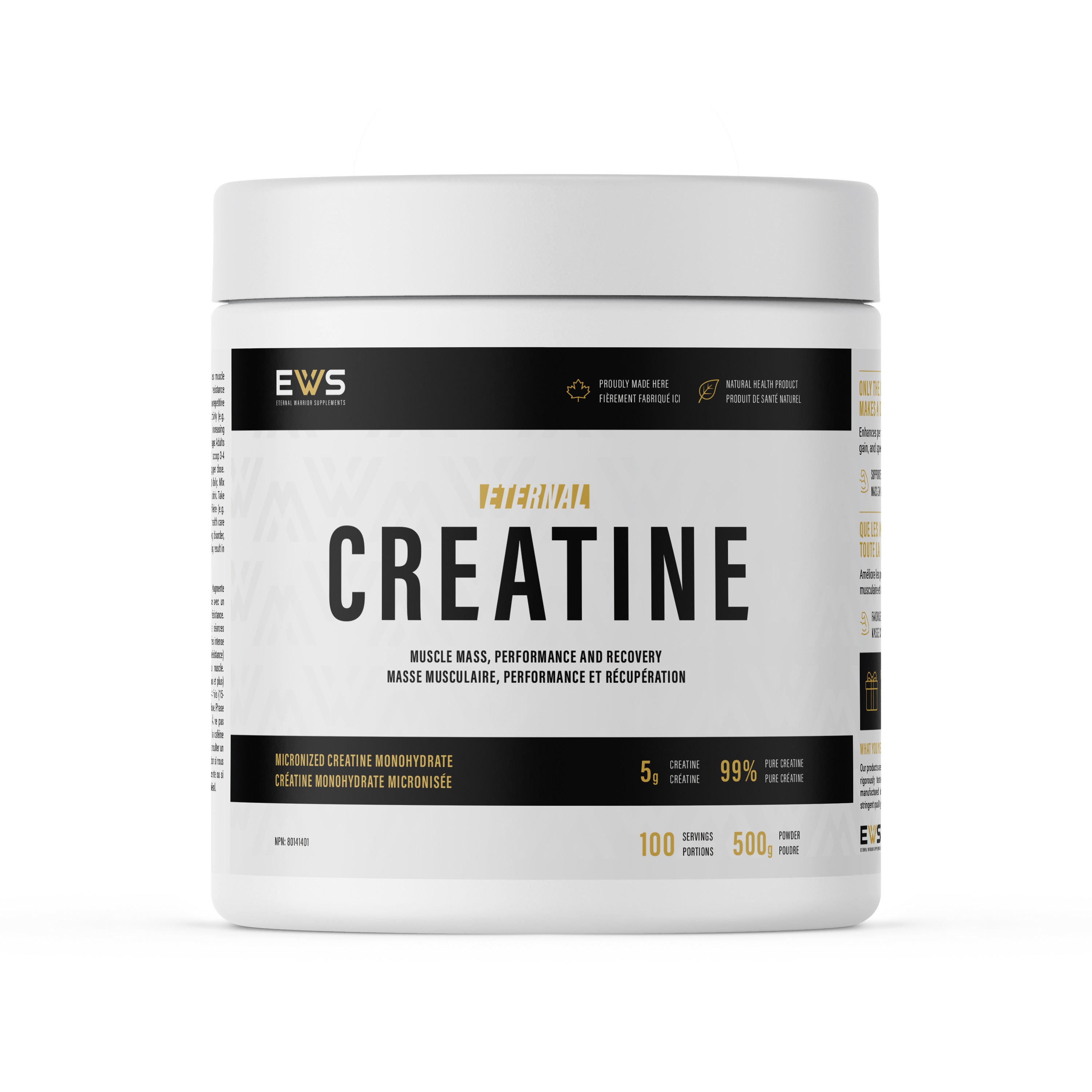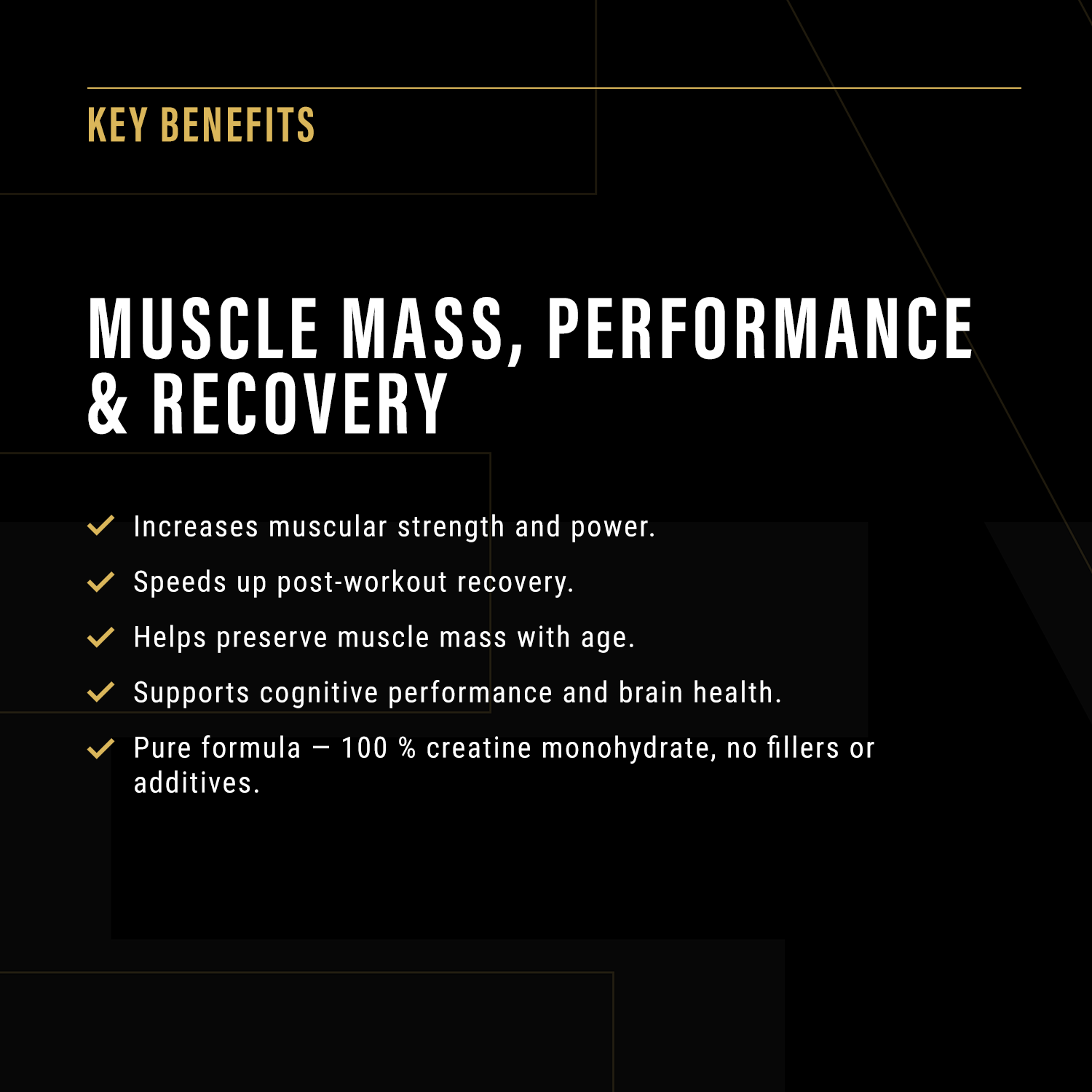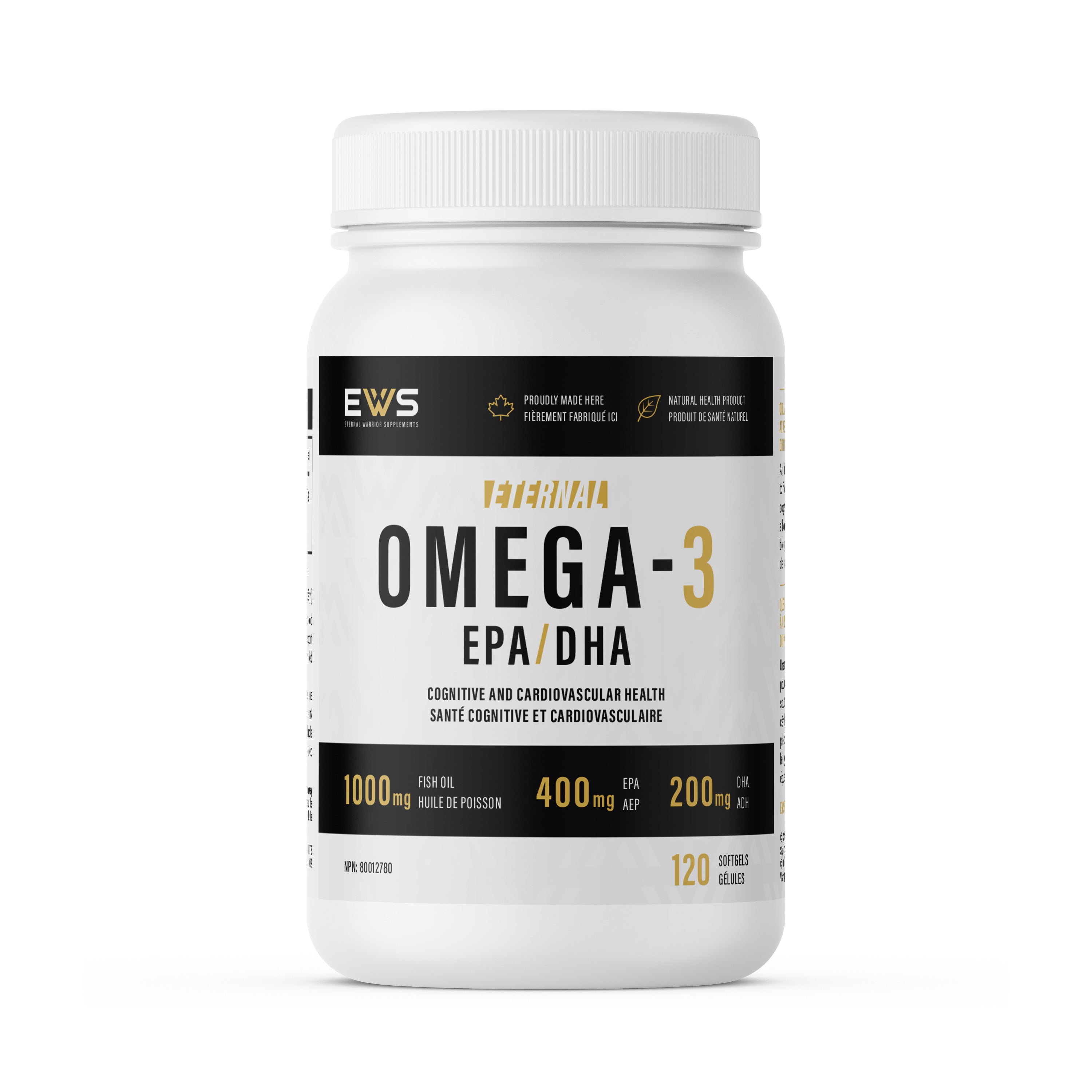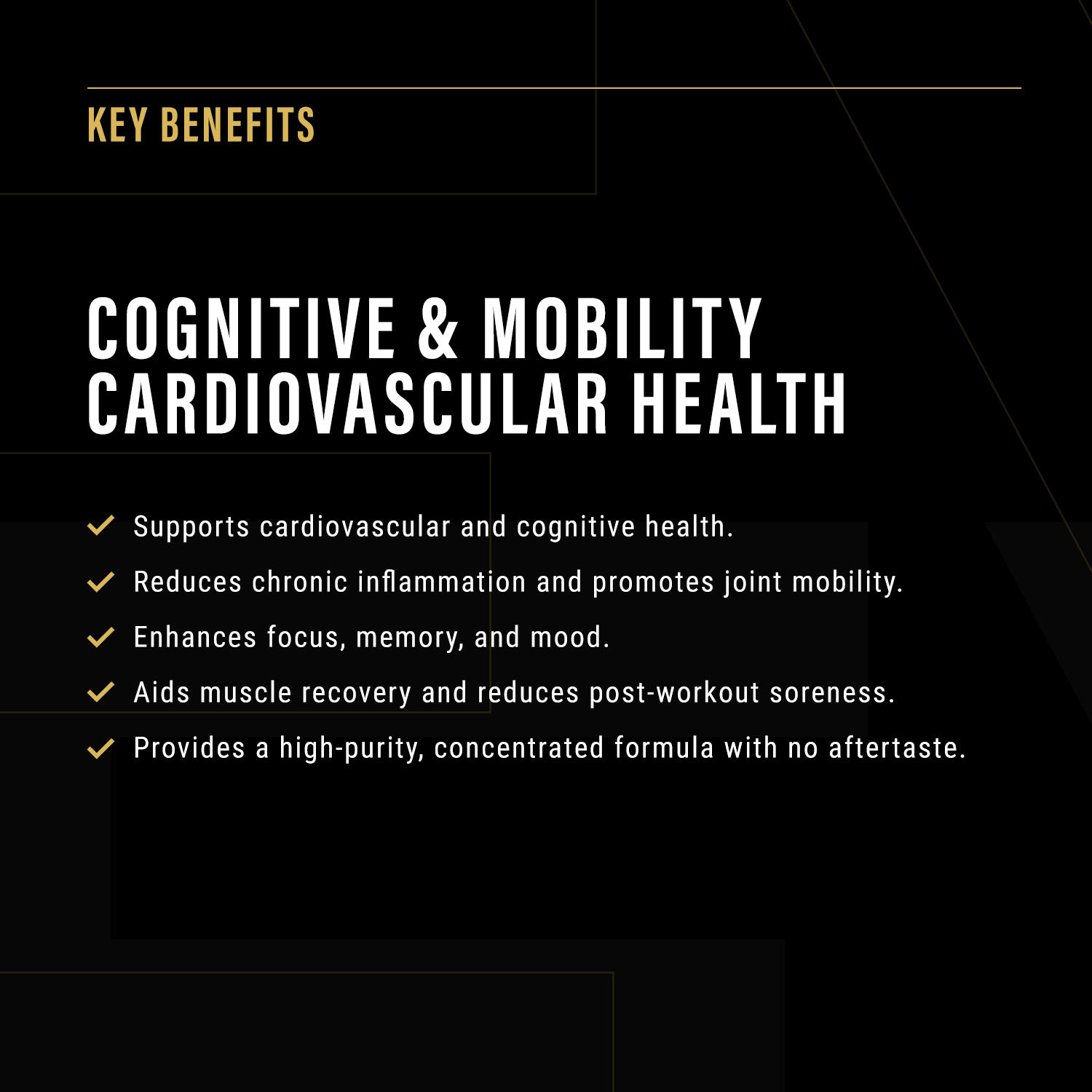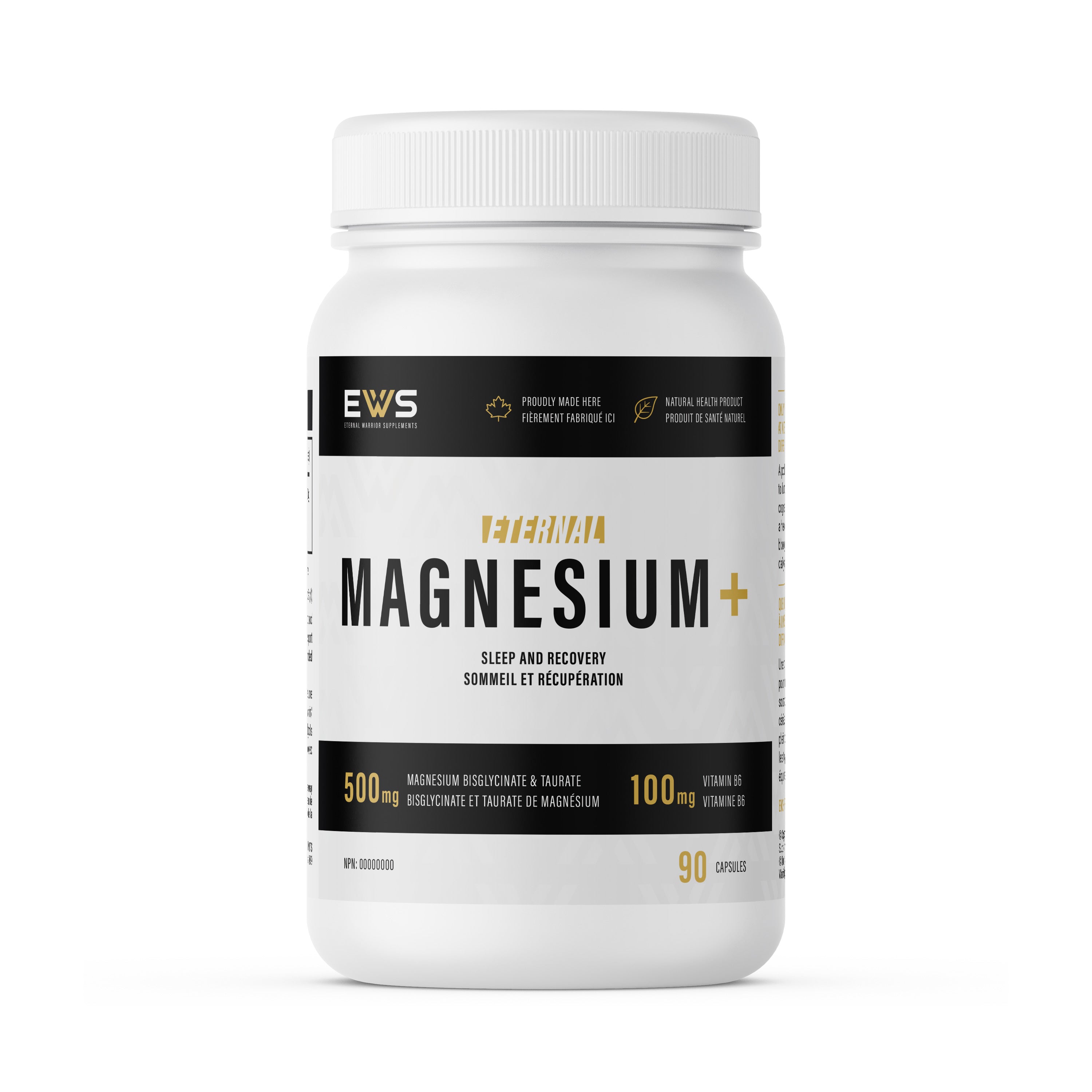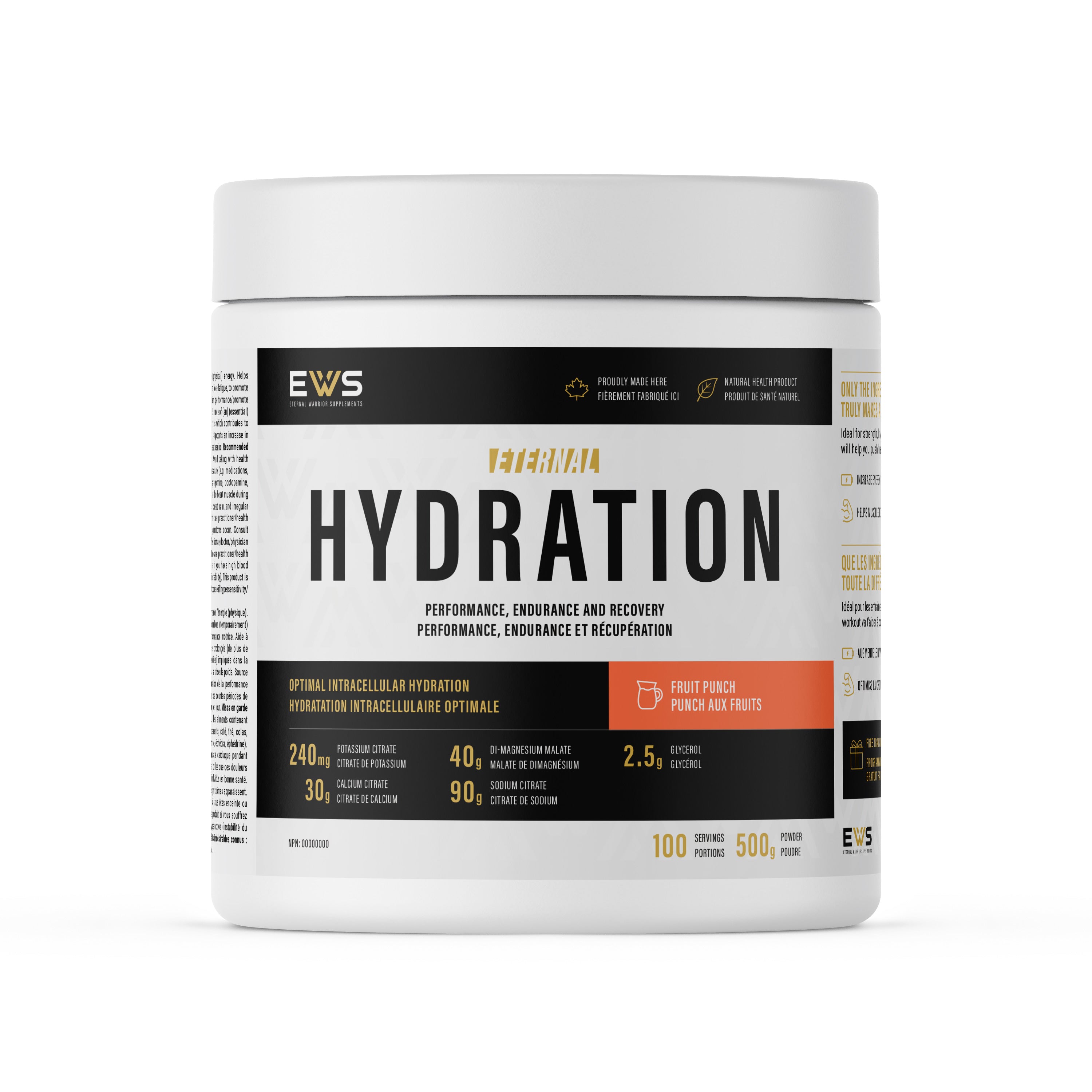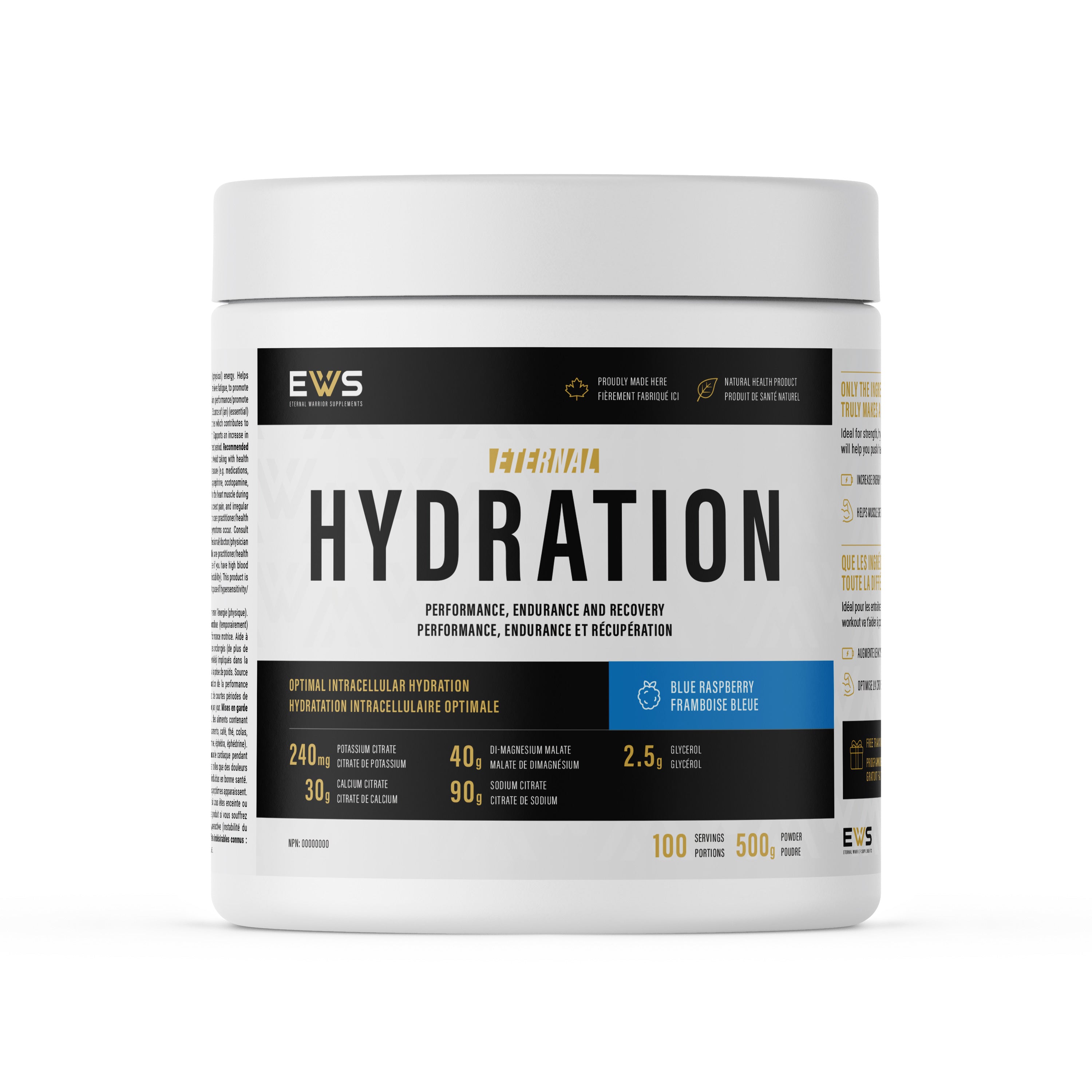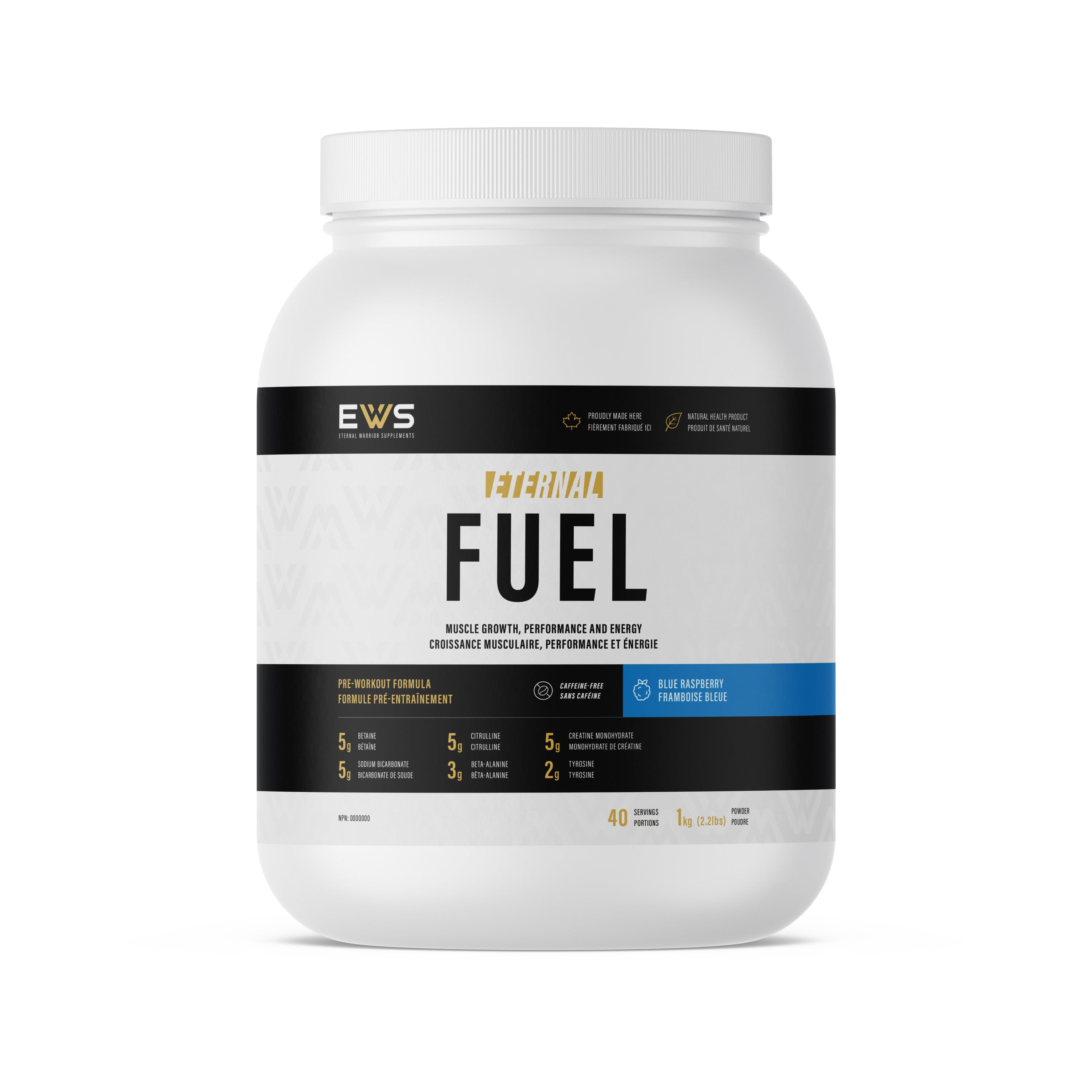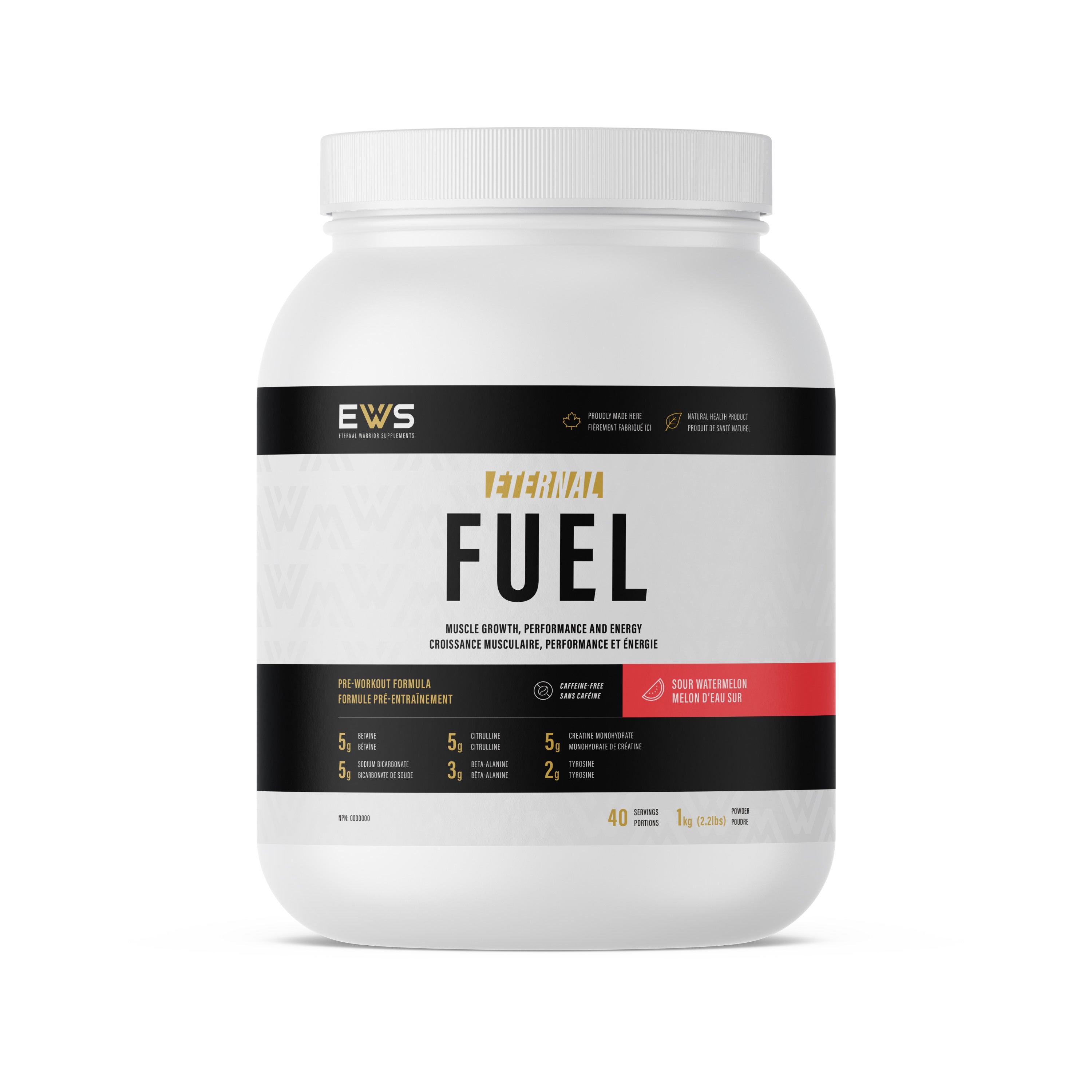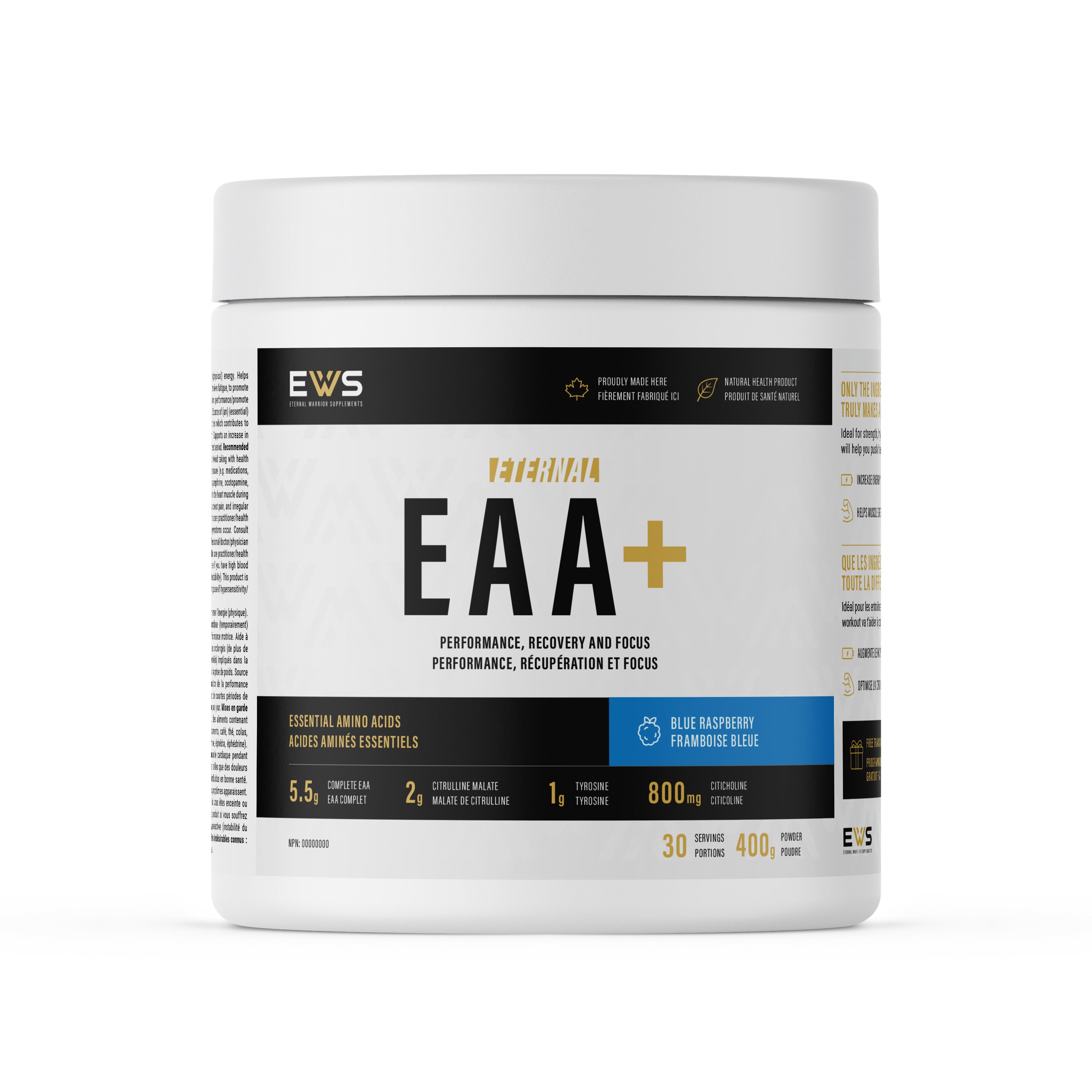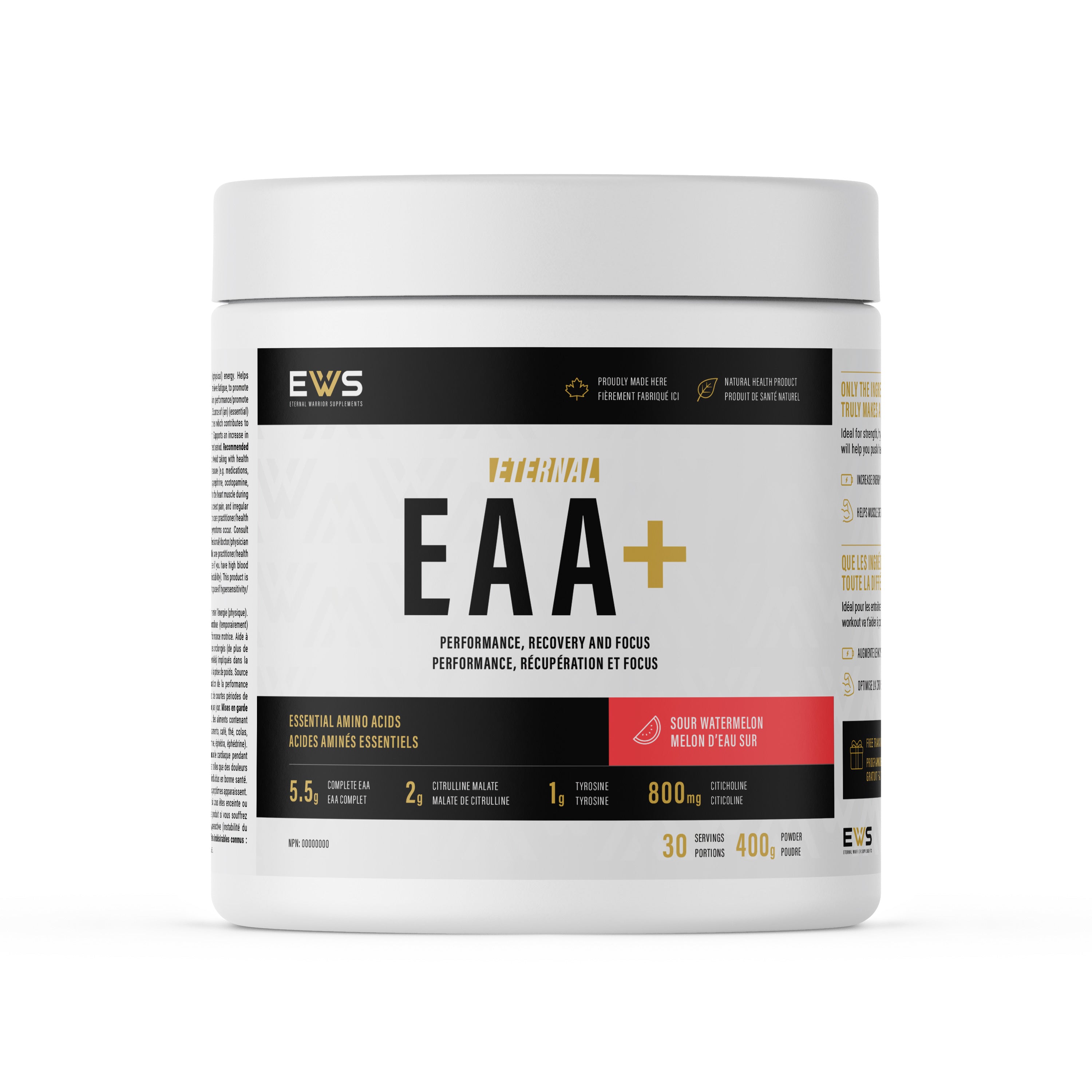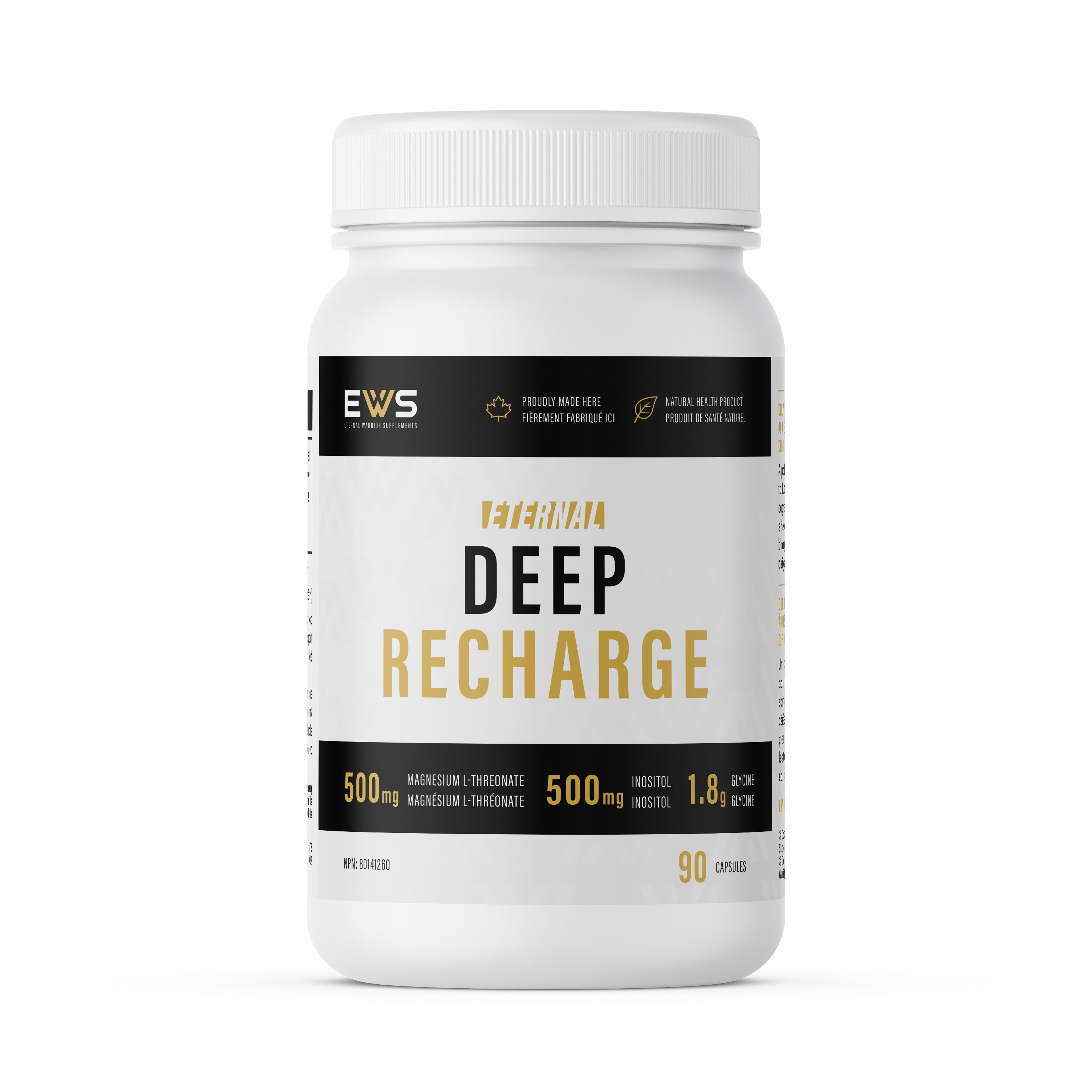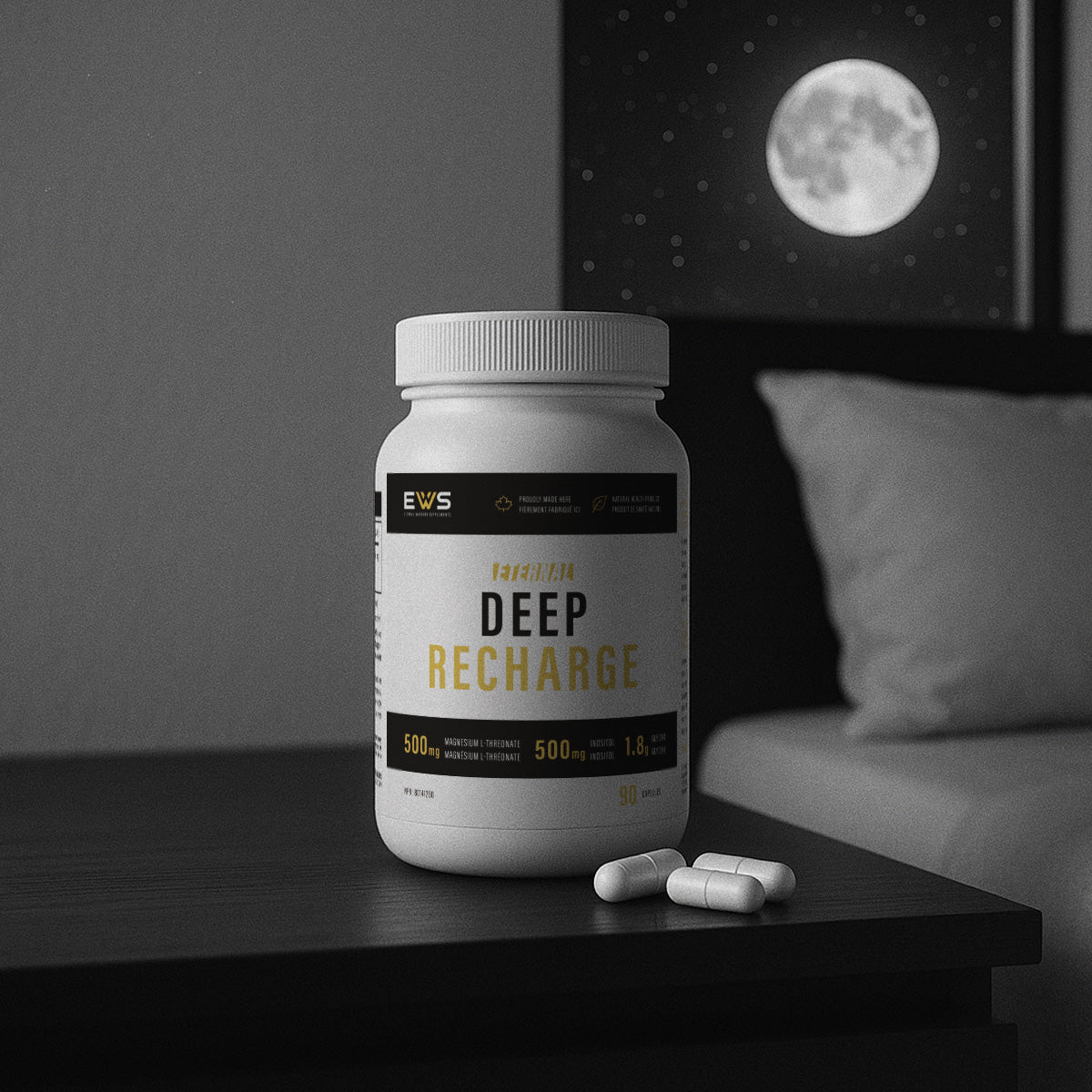By Christian Thibaudeau
Fred Hatfield, who was known as Dr.Squat due to his doctorate degree in exercise psychology and his monster squatting strength (1015lbs at 45 years old), was one of the key figures in developing the art and science of training for maximum powerlifting performance.
He can be credited for being the first one to use science to help with the training process; from the use of periodization, which he learned from his visits in the former USSR, to studying the rate of recovery of individual muscles, to the ratio of heavy to hypertrophy work and proper nutrition for optimizing strength sport performance; he was truly one of the most influential voice in the golden era of powerlifting.
Aside for his periodization plans (e.g. his 80-days powerlifting cycle), his most useful contribution for powerlifting performance is fairly unknown: he recommended training most of the year in less mechanically advantaged variations of the competition lifts, only switching to the competition lifts themselves when he started his competition cycle.
POWERLIFTING VS MUSCLE-BUILDING
When it comes to the three competition lifts (squat, bench press, deadlift) the goal is to move the most weight. And contrary to what some might believe, the technique used to move the most weight isn’t the one that will build the most muscle mass.
To maximize the amount of weight moved from point A to point B we use the most advantageous levers possible. This often means having the involved joints have the smallest amount of movement possible, while still hitting the legal depth required in competition.
Whereas when our goal is to build as much muscle as possible we want to make the target muscle(s) work through the greatest possible range of motion, ideally including getting the muscle stretched under load.
For example, in a squat, if you want to move the most weight you’ll use a lower bar setup, wider stance, more hip flexion (hip hinge, moving the hips back), more torso lean and less knee flexion. Spreading the “movement” more equally over three joints means that not of these joints go through and extreme range of motion and stay in their “mechanically strong zone”.
If you want to get the most leg growth out of the squat, you’d use a narrower stance, higher bar placement, less hip and torso flexion (staying more upright) and more knee flexion. This stretched the quads more by making them work to a fuller range of motion, increasing the amount of work done by the muscle and hitting the lengthened state under load, which is a powerful growth stimulus for most muscles.
In the bench press, to lift the maximum weight you’ll want to reduce the distance that the bar has to travel. Several strategies can be used for that purpose:
a) using a significant arch
b) using the widest grip permissible by the rules and
c) lifting in a straight line.
These modifications can reduce the bar path by several inches, allowing you to move more weight. However they also reduce muscular development, especially in the triceps and chest muscles. By using a closer grip (shoulder width) and minimizing the arch you get a better stretch in the triceps and a longer range of motion, both favouring hypertrophy.
Same thing on the competition deadlift; either using a sumo stance (which decreases the distance the bar has to travel significantly) or using a conventional stance in which the major joint angles (hips, knees, ankle) are all 90 degrees or greater, giving a great strength lever from the start but also preventing any muscle from my lengthened under load, reducing hypertrophy potential. On the other hand, movements like an RDL or stiff-legged deadlift does increase stretching of either the glutes or hamstrings, giving a more powerful growth stimulus. And exercise like the snatch-grip deadlift or the deficit deadlift increases the range of motion, also providing for a better growth stimulus
THE HATFIELD APPROACH
Hatfield “secret” was to stick to movements that maximized range of motion and stretching the key muscles for most of the training year, only switching to the mechanically advantageous competition lifts in preparation for a contest.
Here’s what he used:
Squat: Either an olympic squat (high bar, upright torso, ass-to-grass), a safety bar squat or a front squat.
Bench press: Either a close-grip bench press, an incline bench press or a curved bar (Buffalo bar) bench press.
Deadlift: Either a stiff-legged deadlift, deficit deadlift, snatch-grip deadlift or Romanian deadlift
Note that he would typically pick one variation for each lift and stick with it for a full training cycle.
His goal was to get as strong as possible for 5 reps on those exercises.
Once he started his pre-competition preparation (around 12-weeks before the event) he would switch those exercises for the competition movements.
WHAT ARE THE BENEFITS OF THIS APPROACH
More muscle growth: As I explained earlier, the actual competition lifts aren’t the best movements to maximize hypertrophy. The fact that their technique is adjusted to maximize weight lifter through better leverage reduces the work done by each individual muscle by reducing individual muscle’s range of motion. The variants mentioned above are all superior to the competition lifts to add muscle in the spots that will be useful for the performance of the competition lifts.
Stronger synergists: By working over a greater range of motion you tend to require more work out of the synergist muscles. You also get greater activation from the antagonist to stabilize the active joints for longer. For example, in a deficit deadlift, the lower back will get more stimulus than in a sumo or conventional deadlift. In a front squat or high bar squat the abs, obliques and transverses abdominis will work harder than on a competition squat. And in a close-grip bench you have more range of motion at the shoulder joint, increasing the demand on the various rotator cuff muscles.
Reduced risk of injuries: The variations allowing you to get more growth stimulation all use a lighter weight than the competition lifts, which reduces the risk of injury without having to train less hard. Psychologically you also see non-competitive lifts a different way: since the goal of the competition lifts is to move the most weight from point A to point B, we tend to accept more technical breakdown in training by moving bigger weights. On the non-competitive variants you don’t have the same drive to move more weight at all cost.
Not getting mentally burned out on the competition lifts: Constantly doing the competition lifts will increase the psychological burden two different ways: 1) you can get mentally burned out by doing the same thing over and over and 2) as long as you are doing the competition lifts, you’ll be putting pressure on yourself by constantly to hit maximum performance to “convince yourself” that you’ll “have it” when you compete. This can take a large psychological toll which can lead to loss of motivation or a training burnout.
CONCLUSION
Fred Hatfield’s approach was decades ahead of its time, blending science with practical wisdom to create a system that built both strength and resilience. By prioritizing variations that emphasized range of motion, muscular development, and joint stability, he laid the foundation for lifters to become not just stronger, but also more durable and better prepared when it truly mattered—on the competition platform. His philosophy reminds us that the path to peak performance is not about endlessly chasing heavier loads in the competition lifts, but about strategically building the body and mind to handle them when the spotlight is on. For any powerlifter seeking longevity, strength, and confidence, Hatfield’s lessons remain as valuable today as they were during the golden era of the sport.
